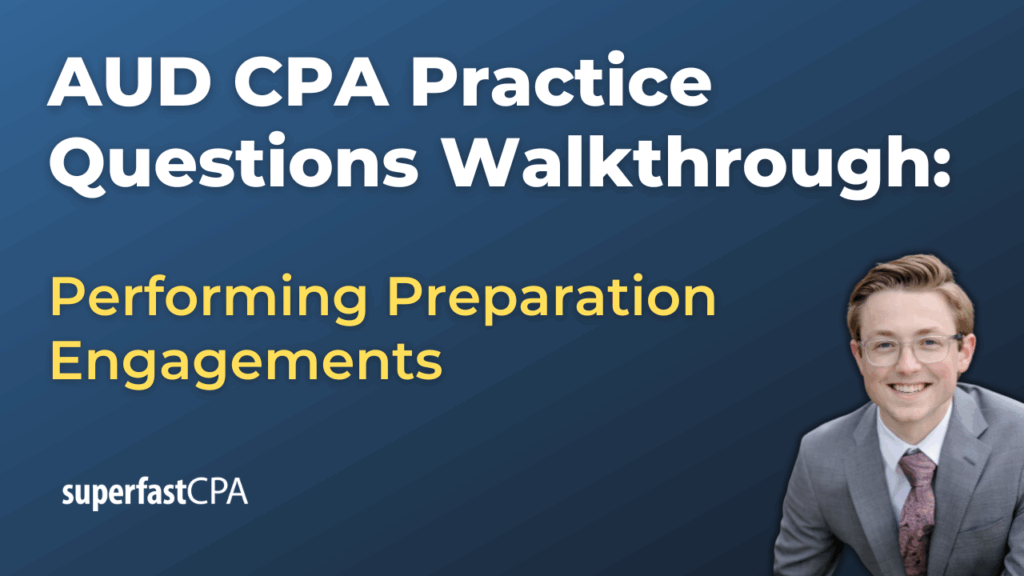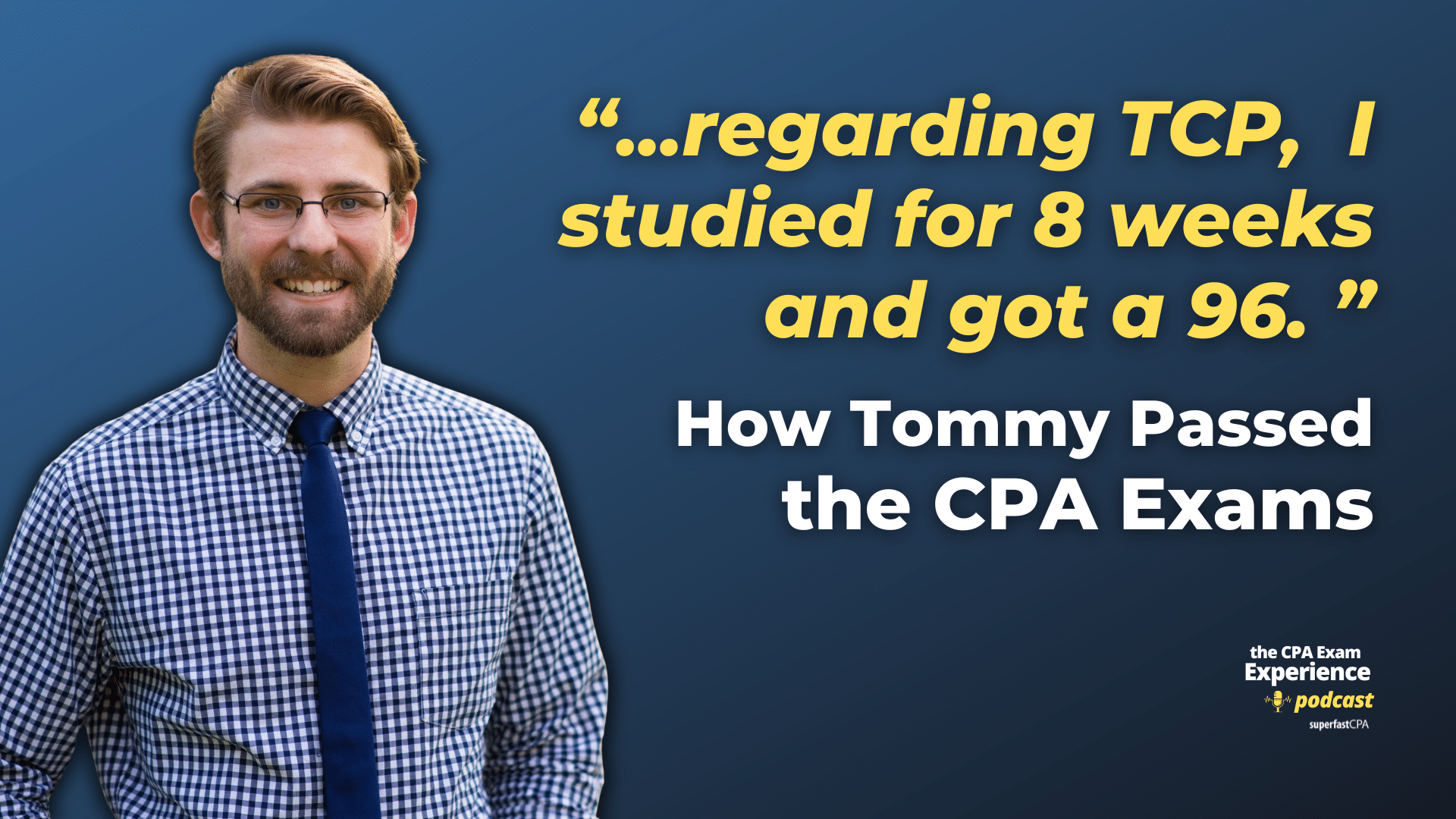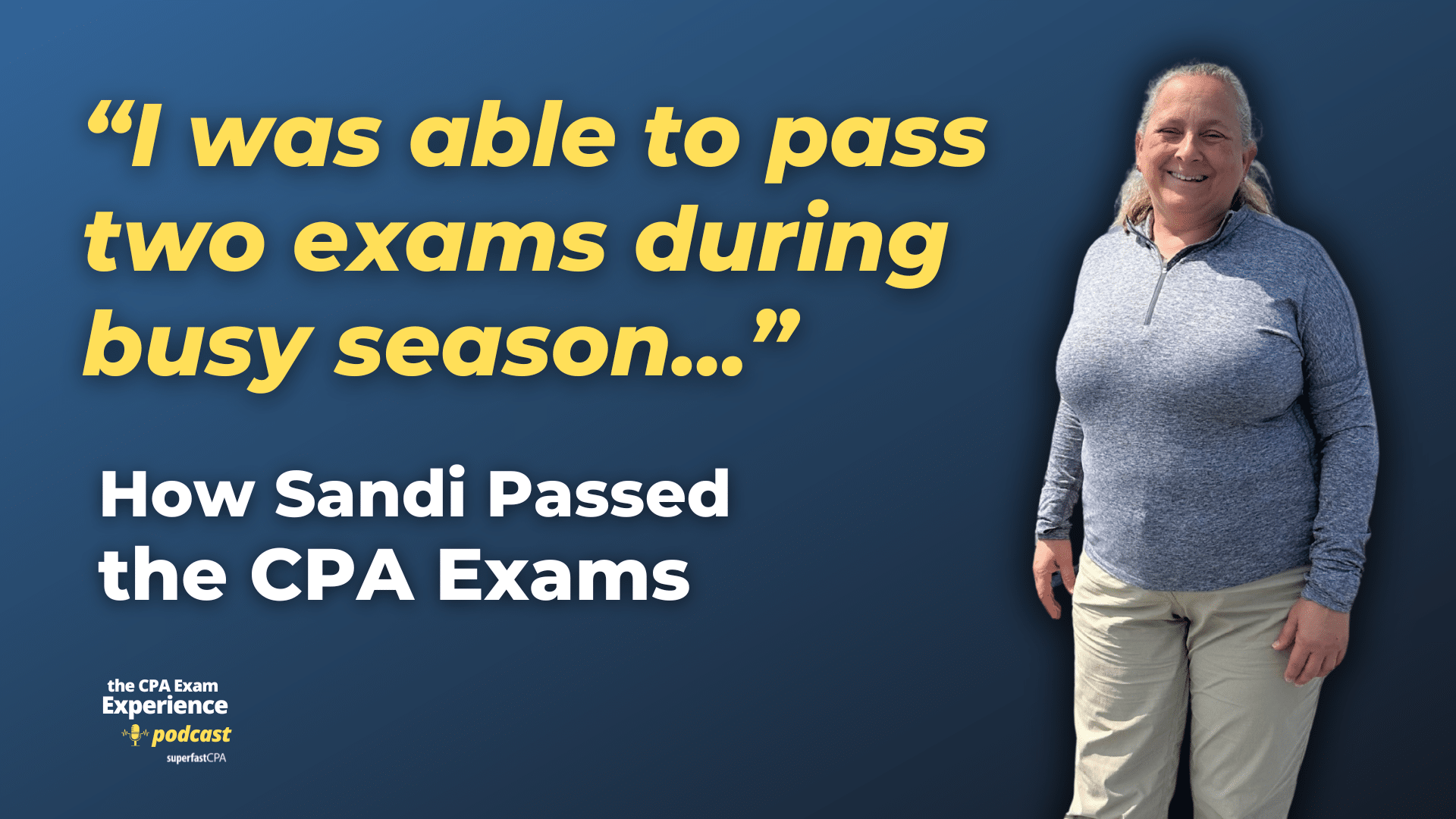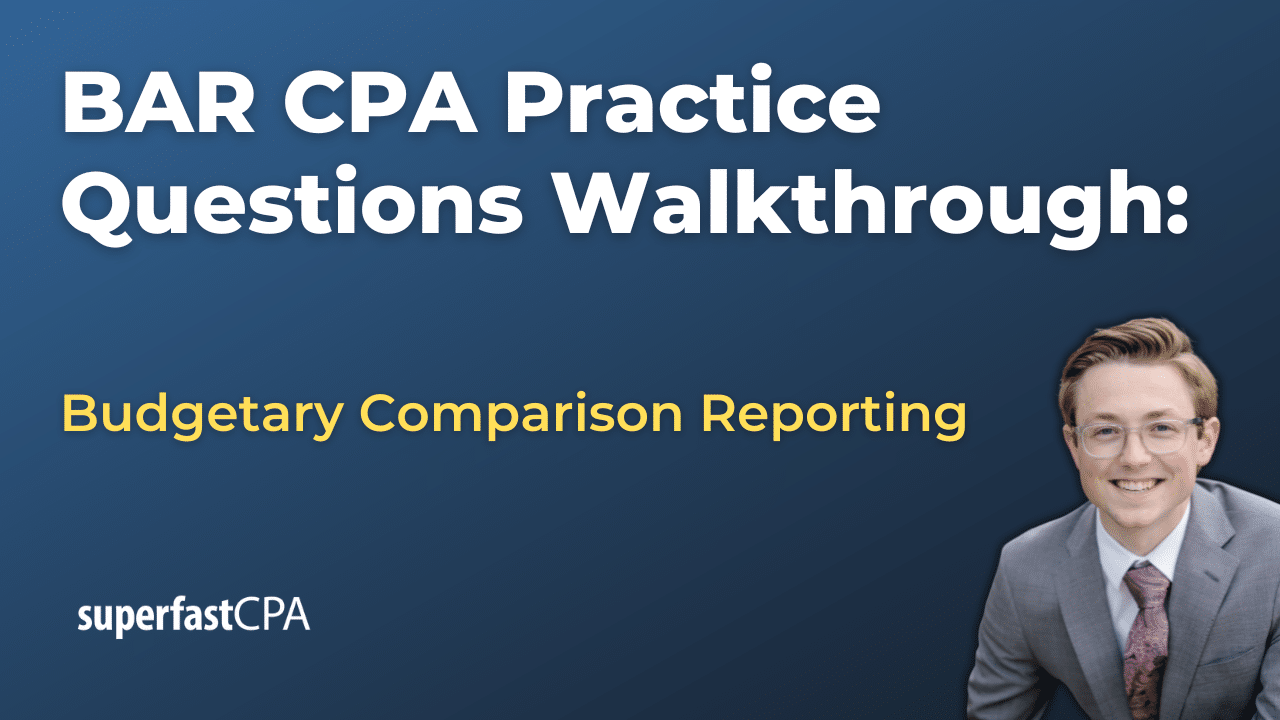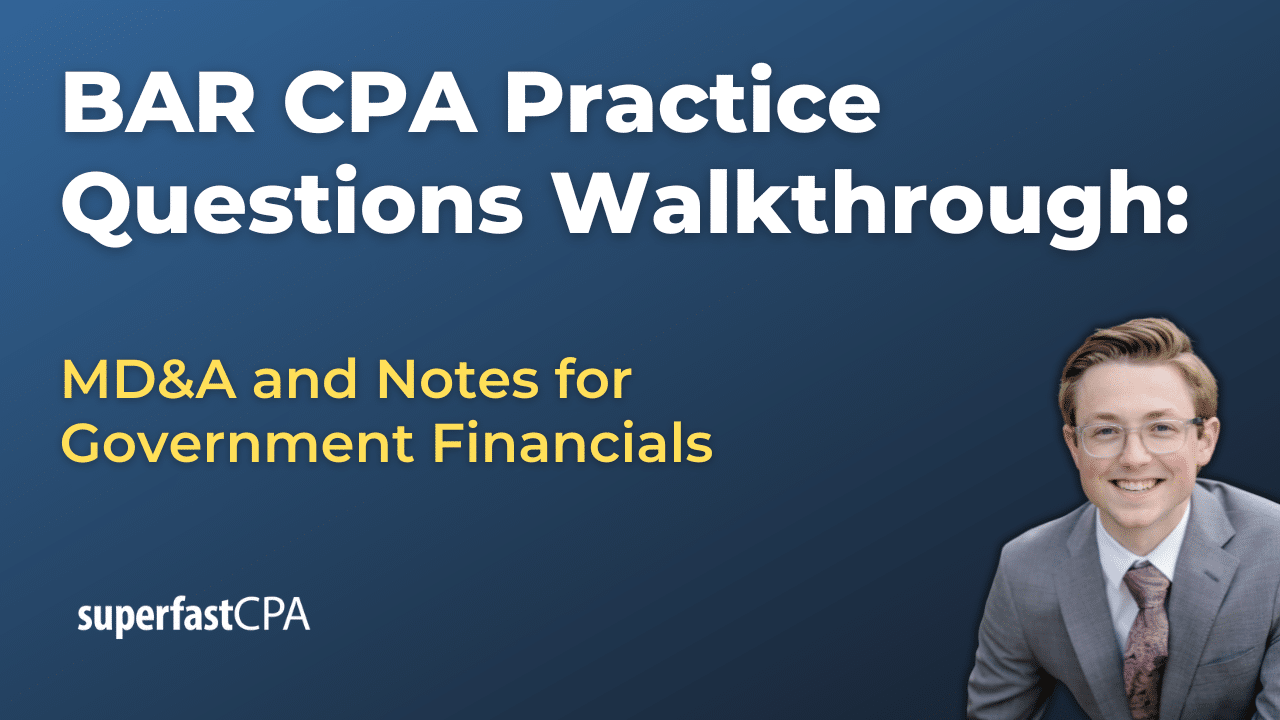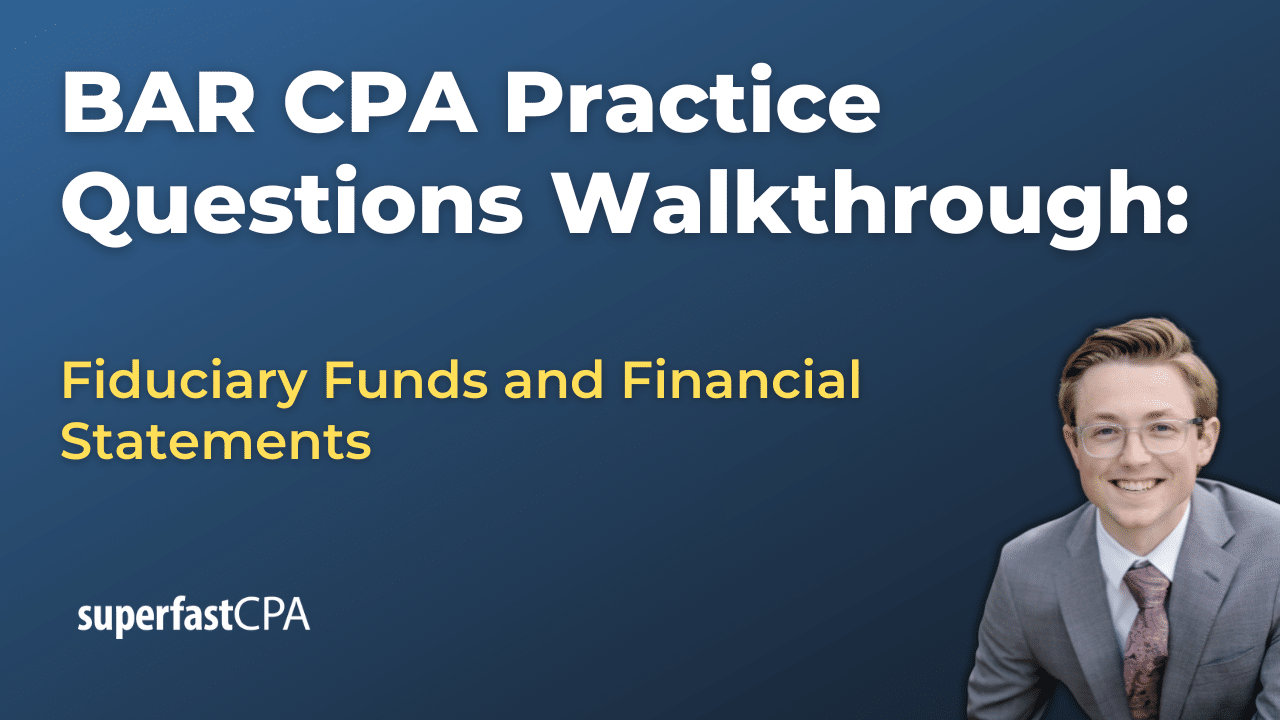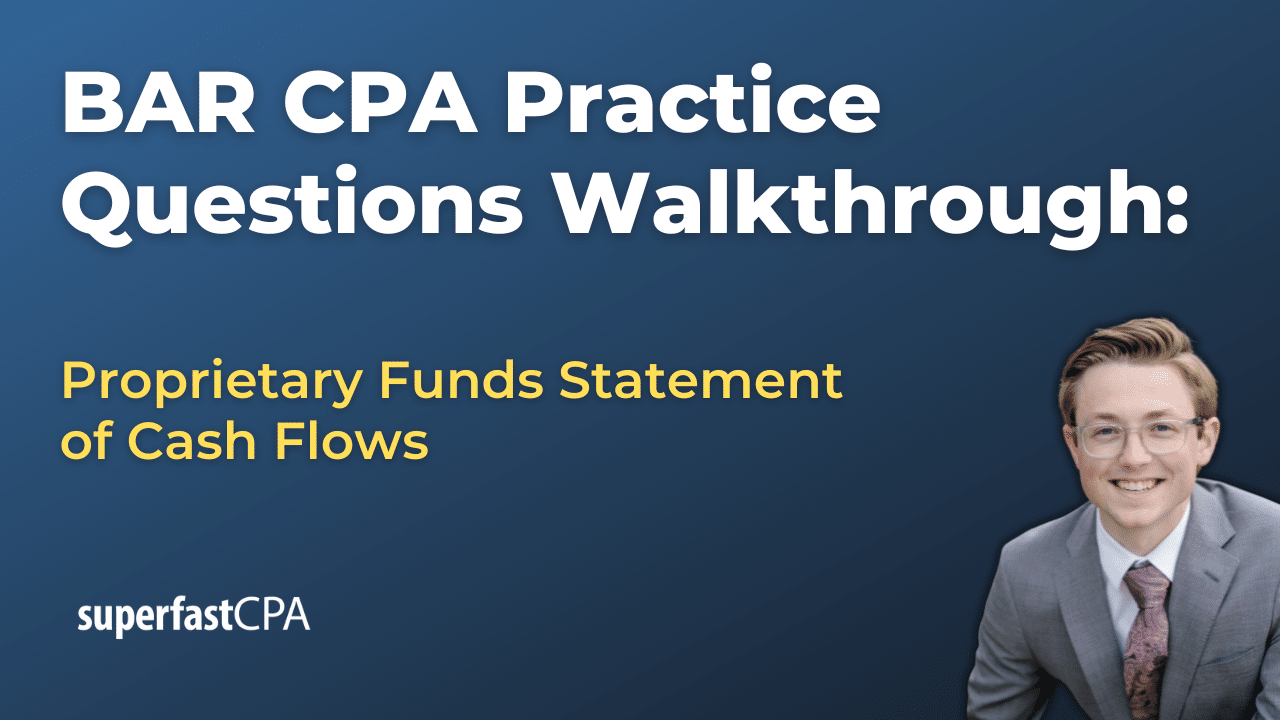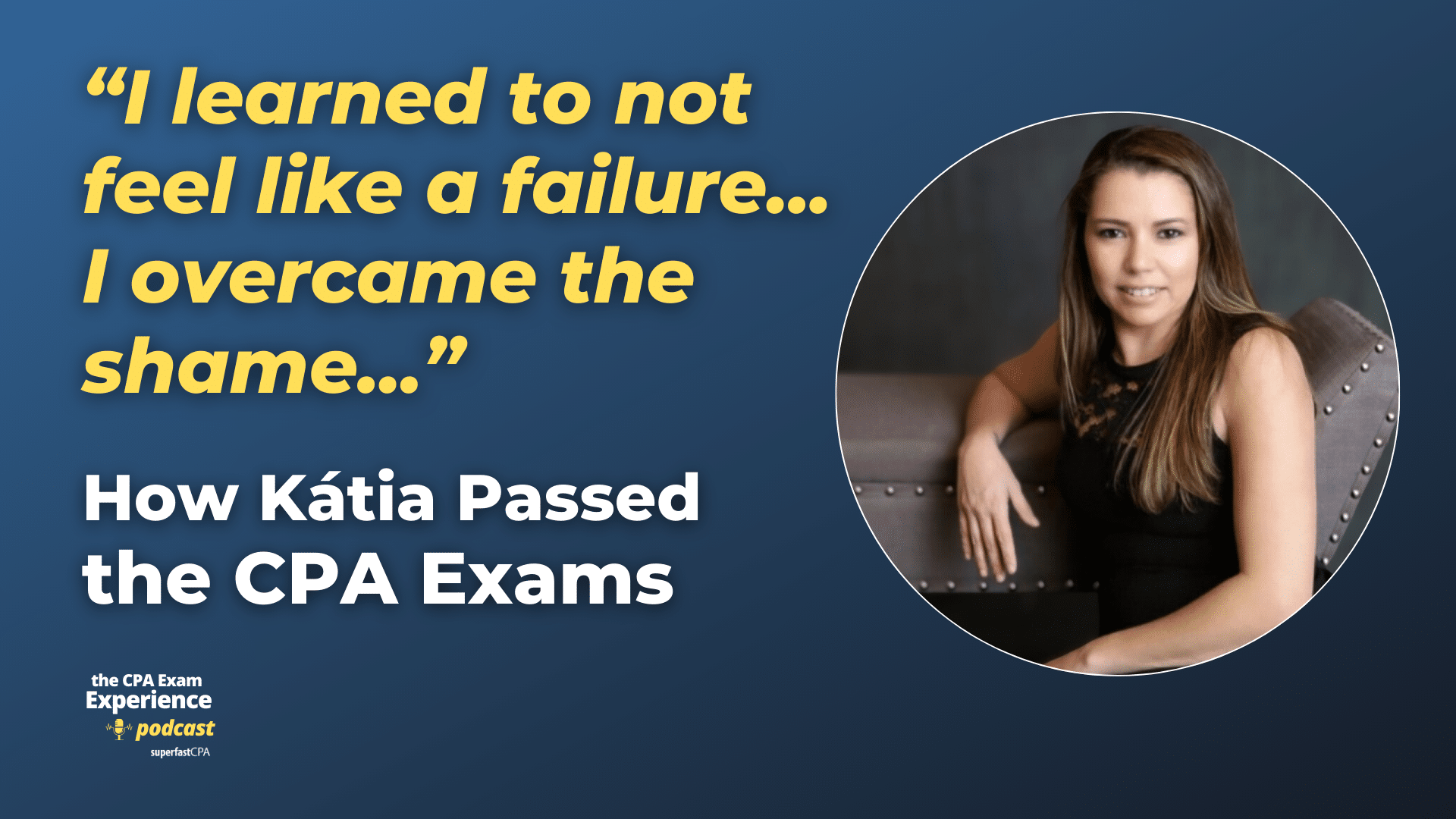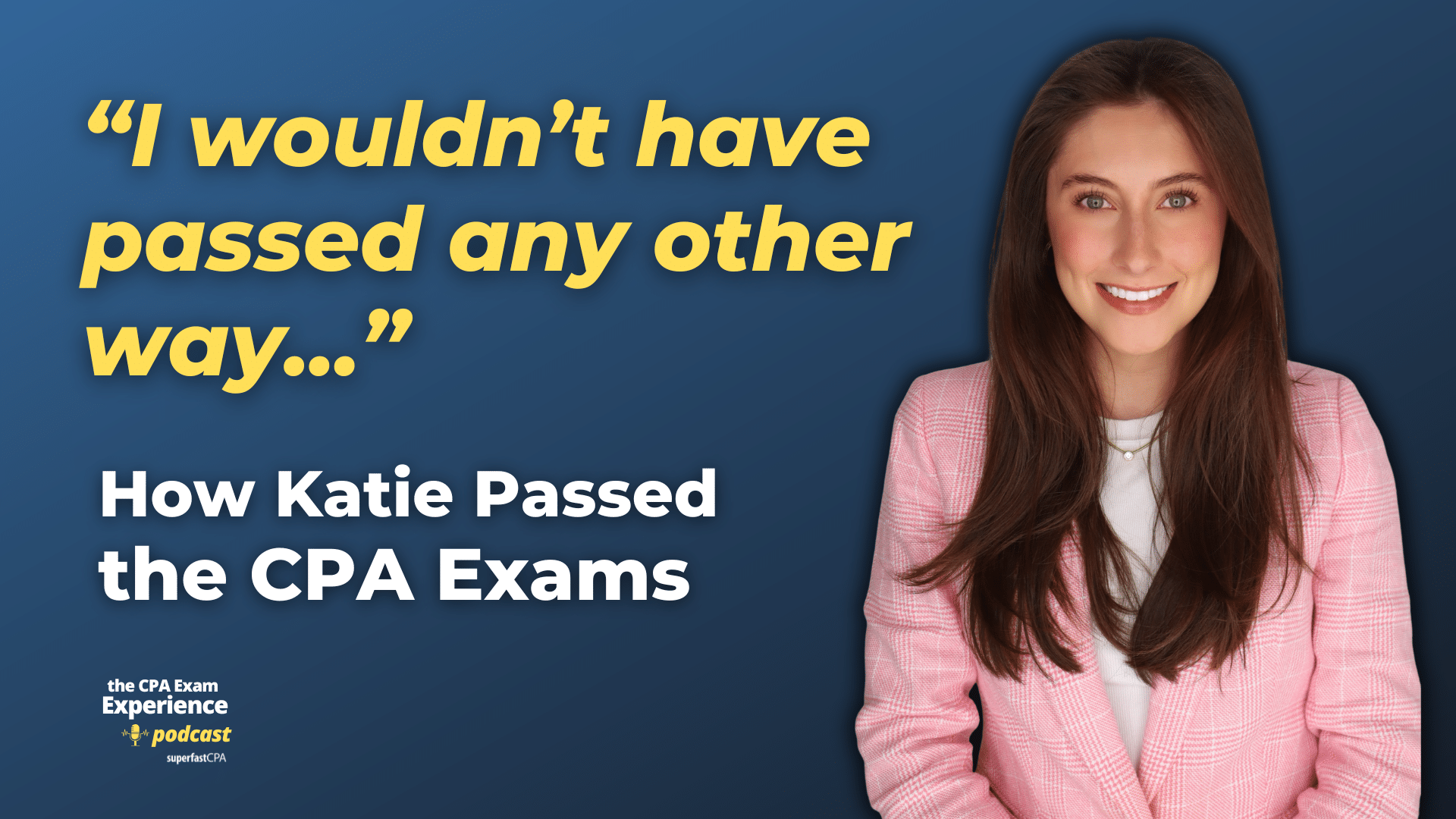In this video, we walk through 5 AUD practice questions teaching about performing preparation engagements. These questions are from AUD content area 4 on the AICPA CPA exam blueprints: Forming Conclusions and Reporting
The best way to use this video is to pause each time we get to a new question in the video, and then make your own attempt at the question before watching us go through it.
Also be sure to watch one of our free webinars on the 6 “key ingredients” to an extremely effective & efficient CPA study process here…
Performing Preparation Engagements
Preparation engagements are among the most straightforward services a CPA can offer under the Statements on Standards for Accounting and Review Services (SSARS). While simple on the surface, preparation engagements still require careful attention to specific rules, responsibilities, and boundaries. This guide walks through the core considerations an accountant should understand before taking on a preparation engagement—supported with examples throughout.
Definition and Scope
A preparation engagement involves the CPA using client-provided financial data to prepare financial statements, but without providing any assurance or issuing a report. These engagements fall under SSARS and are not considered audit, review, or compilation services.
Example: A small business owner asks their accountant to prepare monthly financial statements for internal use. They don’t need a report or assurance—just accurate financial statements formatted according to GAAP. This is a preparation engagement.
Key features:
- No assurance is provided.
- No report is issued.
- Not governed by GAAS or SSAE.
- Can be performed without independence.
This makes them fundamentally different from audits, reviews, and other attest services.
Non-Attest Classification
A key factor that distinguishes a preparation engagement is that it is a non-attest service. That classification matters for two reasons:
- The accountant does not need to be independent.
- The engagement is not subject to SSAE standards.
This is especially important when comparing engagement types. Audits and reviews are attest services—meaning they require independence and involve expressing or implying assurance. Preparation engagements do not.
Example: A CPA prepares a balance sheet and income statement for a client to provide to a lender. The CPA includes a “no assurance” legend and does not issue a report. Even though the statements may be used externally, this is still non-attest—so independence is not required.
Required Elements
There are three core elements every preparation engagement must include:
- A signed engagement letter.
- A legend on each page of the financial statements stating that no assurance is provided.
- A copy of the prepared financial statements must be retained in the accountant’s file.
Example of an acceptable legend:
“No assurance is provided on these financial statements.”
If the financial statements are issued without that legend—and the accountant cannot get management to include it—they must withdraw from the engagement.
Note: No report is issued. The legend serves in place of any formal accountant’s report.
Division of Responsibilities
In a preparation engagement, responsibilities are clearly divided between the accountant and management:
- Management is responsible for the accuracy and completeness of the financial information.
- The accountant’s role is to prepare the financial statements using that information.
The accountant is not required to verify the data, assess internal controls, or identify fraud.
Example: A client provides trial balance data that the accountant uses to prepare the income statement and balance sheet. If the information is incomplete or inaccurate, that responsibility lies with management—not the accountant.
When to Withdraw
Although preparation engagements are flexible, there are limits. The accountant may omit substantially all disclosures normally required under GAAP or another framework, as long as the omission is disclosed on the face of the statements or in a note.
However, the accountant must decline or withdraw from the engagement if:
- Management refuses to allow the required legend.
- The accountant cannot comply with applicable SSARS standards.
- The accountant believes the financial statements would be misleading even with proper disclosures and formatting.
Example: A client asks the accountant to prepare financial statements without the “no assurance” legend because they think it looks more professional. The accountant must decline the engagement—there’s no exception to this requirement.
Summary
Preparation engagements are non-attest services under SSARS that allow CPAs to prepare financial statements without assurance or a report. Independence is not required, but certain elements are non-negotiable: a signed engagement letter, a “no assurance” legend on each page, and retention of the prepared statements. Management retains responsibility for the data’s accuracy, and while disclosures may be omitted, the boundaries of professional standards must be respected.
By understanding these factors, accountants can confidently determine when a preparation engagement is appropriate—and when they must walk away.

